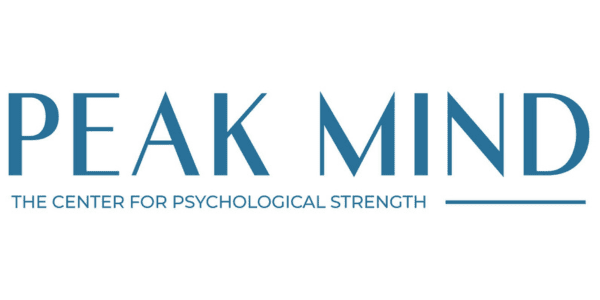BRIDGING THE BELIEF SYSTEM GAP
We are driven by invisible forces. The decisions we make, the actions we take, and our reactions to events are all determined by our beliefs, many of which are subconscious, meaning out of our direct awareness.
Our beliefs are essentially our minds' operating system for how to be human and how to navigate this world. Our beliefs are the things we hold to be true, and we operate as though they are unalterable facts.
The fact is, though, that there's a lot of variability between all of our belief systems. My "facts" may not be the same as yours, and that can lead to confusion, anger, and friction, especially when our beliefs don't align and we have to interact regularly or work together to accomplish tasks.
While we think about this belief misalignment with polarizing things like politics, religion, and social issues, differences in belief systems can show up in a number of more subtle yet still impactful ways. Our beliefs determine how open we are to change, how we approach conflict or disagreement, and how we prioritize tasks and make decisions. Depending on their underlying belief system, individuals' reactions in these situations or to proposed solutions might be quite different.
We can't assume that everyone thinks about these things in the same way, nor can we assume that our way is necessarily the right way. It's important to have the psychological strength to become aware of our own beliefs, to take others' perspectives and understand theirs, and find effective ways to resolve or work through differences.
Bridging the Gap Between Beliefs
If you've ever tried to change someone's beliefs, especially if you tried to do so through arguing or appealing to logic, you probably felt frustrated and ineffective. Beliefs are tricky things. While they CAN be changed, it's not always simple, and doing so can be counterintuitive. Arguing or disputing can actually backfire as the other person works to defend - read that as strengthen - their position. So what can we do, then, to resolve the impasse that arises from our opposing beliefs?
Perhaps finding ways to bridge the gap between beliefs, rather than trying to change the other person's beliefs, may be a more effective route to go. Fortunately, underneath our various operating systems, we all share the same goals. Research shows that most people, independent of culture, gender, age, or socioeconomic status, are more similar than different. We all want the same things, things like security and safety, for our children to be happy and healthy, peace, and to be free from pain. If we can find common ground, we can begin to collaborate in more meaningful and effective ways despite some differences in our operating systems.
Actionable Tips
When you are locked in a stalemate with someone or find yourself really struggling to understand how in the world they could believe what they do, try these tips.
1. Put yourself in their shoes.
Try to see the world from their perspective. Often, we skip this important step and go straight into building the case for why they are wrong and why we are right. When we're doing that, we are viewing their position FROM OURS and judging it in some way. Instead, try to put yourself in their shoes and embody what they must believe, what they must take to be true, and why that might be the case. Only from this place of understanding can we move forward.
2. Dig until you find the common ground.
On the surface, it may seem like you want two very different things. For example, perhaps you want a hybrid workforce and they want to return to in person work. Those seem mutually exclusive, and you can exert a lot of effort trying to convince them to see things your way...as they are working just hard to get you to see it theirs. Instead, ask yourself and them why it's important. What lies underneath those beliefs? Keep digging until you find some sort of common ground, then use that as a starting place. Perhaps underneath the beliefs that hybrid or in person is better is a strong desire for cohesive teams. If you can identify a shared belief or a common value or drive - perhaps that strong teams are the foundation of good business, in this example - then you can start brainstorming, communicating, and working together on finding real solutions.
3. If nothing else, practice compassion.
Compassion is empathy + kindness. Once you put yourself in their shoes, try to muster some kindness. In the midst of our own frustration and judgment, it's hard to garner positive feelings toward someone, but cultivating compassion can diffuse anger and promote more cooperation and prosocial attitudes. One way to do that is to imagine that person as a young child. What must've happened to them to lead them to see the world that way? What or who taught them those beliefs?
4. Level up your understanding of beliefs - how they are formed and how to change them.
Join us on Tuesday, October 18, 2022, for our next Quarterly Psych Strength workshop in which we'll go deep into this important topic.
"You don't have to agree with everything others believe in order to realize they are human"
- Abhijit Naskar

Written by Dr. Ashley Smith
Peak Mind Co-founder


